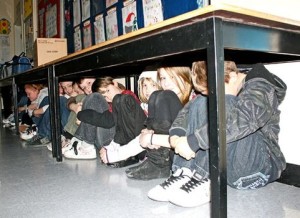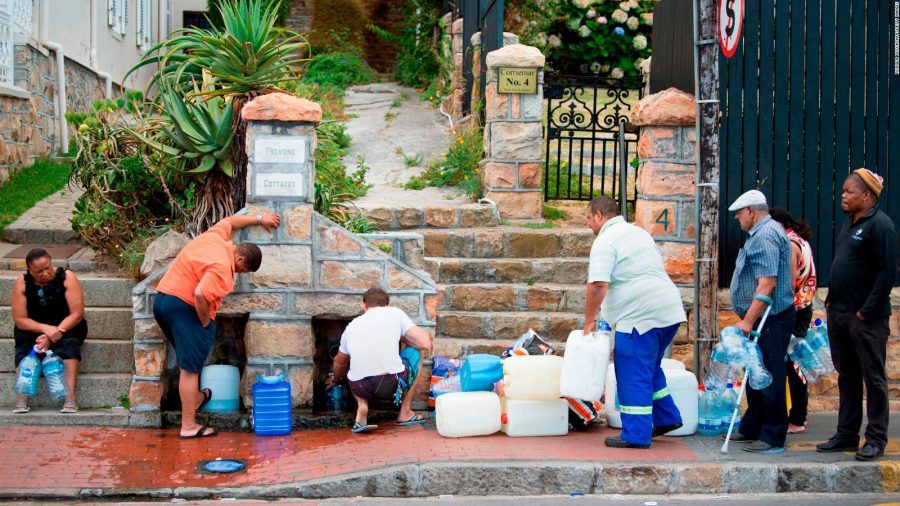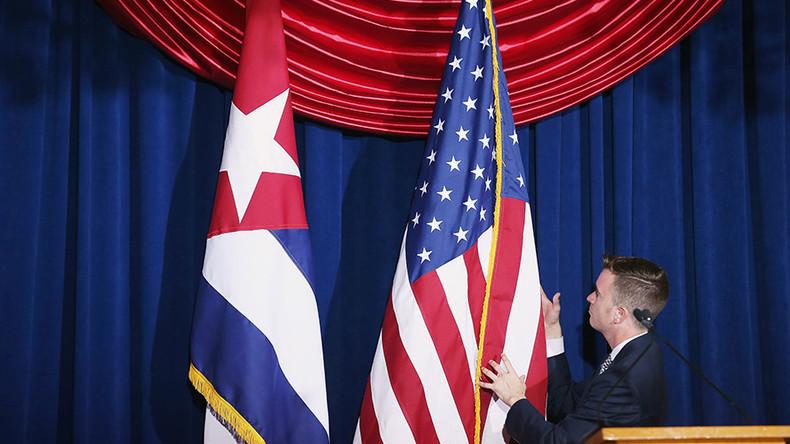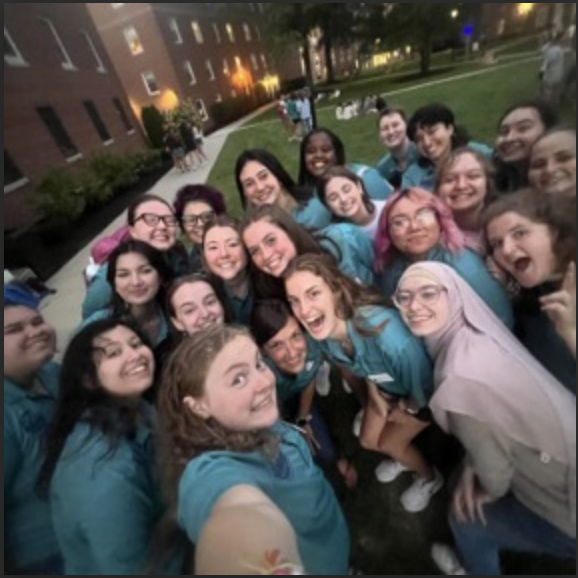By Jillian Jennett
Staff Writer

“Last week’s lockdown drill was met with an array of reactions from the student body. Reactions ranged from annoyance to surprise that a lockdown drill had even occurred. Lockdown drills are not just a Simmons phenomenon—these drills are met with similar reactions nationwide.
Why are these drills not embraced and utilized as a safety tool? I asked Simmons students how they feel about the effectiveness of lockdown drills in and outside of Simmons.
“Our generation has grown up with so many school shootings, I feel like there’s almost a sense of apathy about lockdowns and lockdown drills,” said a junior at Simmons College. “I know that I didn’t take the drill really seriously and I know many others didn’t either, so what does that mean if we had a real incident happen on campus?”
This is an unfortunately pervasive sentiment among the millennial generation. School shootings and, by extension, lockdown drills, have become so common that we don’t take them seriously. And why should we? The most action many professors and students took for our lockdown drill was to close the door of the room they were in. Why were people so apathetic about the drills? Perhaps because when we do carry out what we’re supposed to do in the drills, it feels more useless than doing nothing at all.
“I don’t really understand the point of lockdown drills—you’re just putting everyone in danger together,” said one Simmons College senior. “Wouldn’t you want to get as many people off campus as possible instead of having everyone sit defenseless in the corners of their rooms, waiting in fear until they got a text message telling them that everything is okay? It doesn’t make any sense to me.”
In my opinion, I think we should take a more proactive approach to on-campus threats, using programs that are not reliant on closing doors with apathy. Other institutions have the ALICE response program, a more active response to active shooters and other threats on campus. ALICE is an acronym for Alert, Lockdown, Inform, Counter, and Evacuate. This system puts emphasis on risk minimization through increased communication and last resort intruder intervention. This program not only uses different and more active tactics than our current safety system, but also helps to educate faculty, staff, and students alike to prepare for a crisis.
Despite all of this, lockdown drills are, even with their flaws, an important way for public safety to be able to ensure that we and our loved ones are aware of what is happening on campus. The mass texts, phone calls, and emails might be the most effective part of the lockdown drills. Maybe in the future we can combine these successful bits and pieces of practice with a more active and useful practice to keep us safe in a time of need.



















